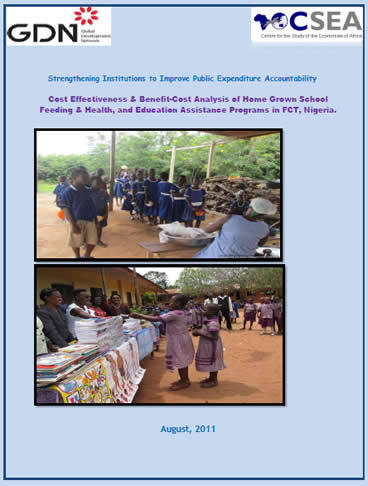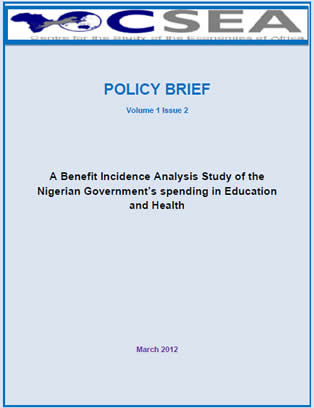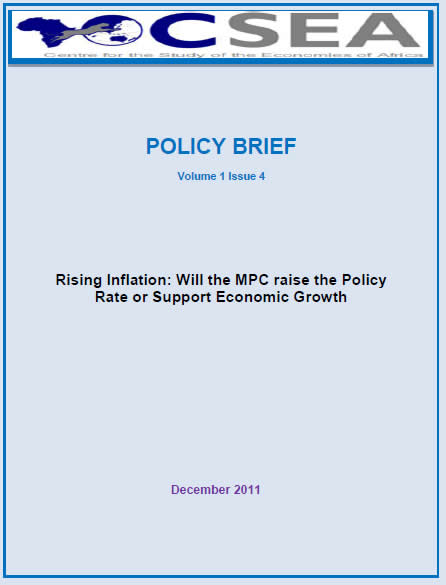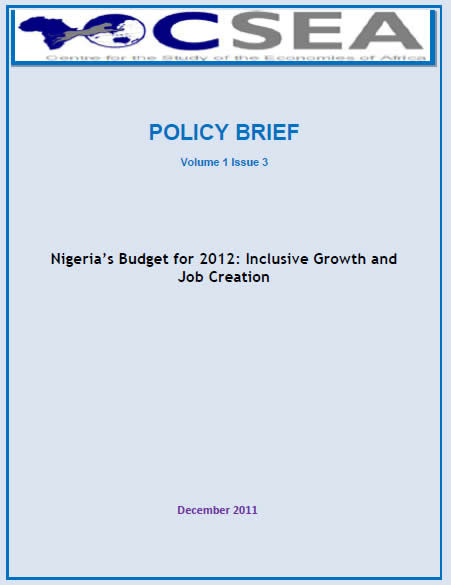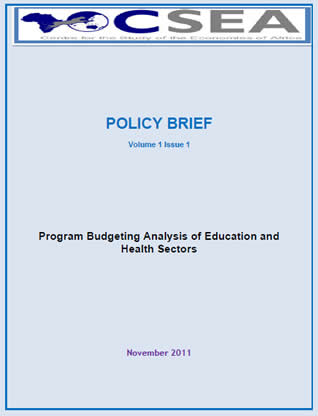Policy Simulation Of Female Education Programs In Nigeria
In spite of the efforts made by the government to increase access to affordable education,access to basic education and enrollment by the girl child remains poor. While this problem is very profound in developing countries, its present form in Nigeria even requires more urgent attention. It is against this backdrop that this study conducts a policy simulation exercise on two educational assistance programmes for girls free tuition fee for all with stipend for girls (PolicyA) and free tuition fee for all with transport for girls (Policy B) to boost female primary school enrollment. The study estimates the relative cost and the effectiveness measure such as life time earnings. It compares the cost per beneficiary and the cost-benefit ratios of these policy alternatives. The cost per beneficiary shows that policy B has a lower cost and a lower level of enrollment, while policy A has a higher cost and a higher level of enrollment. Overall, the results of the cost-benefit analysis show that both policies are beneficial though policy A has a lower cost-benefit ratio.
Two funding scenarios (paying for the policy) as well as distribution scenarios (equity) were also analysed. The equity dimension of the exercise is to ensure that the policies are pro-poor and able to distribute the benefits in an equitable manner. The sensitivity analysis performed to determine the stability of these findings, show that the results are robust to parameter changes and assumptions. In sum, since both programs can be implemented (as shown by their low cost-benefit ratios), we recommend that policy B be introduced in the urban centres where there is likelihood or high level of pedestrian risk, insecurity and high rate of motor accidents that may discourage parents from sending their children (especially girls) to school. In rural areas where there is higher incidence of poverty, which often force parents to the engage their female children in economic activities, policy A should be implemented. Finally, in semi urban areas with less pedestrian risk and moderate poverty incidence, both policies can be implemented as complements, depending on resource availability.


 English
English
 Arab
Arab
 Deutsch
Deutsch
 Português
Português
 China
China

